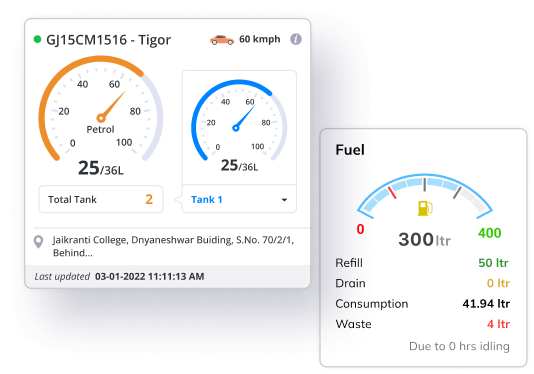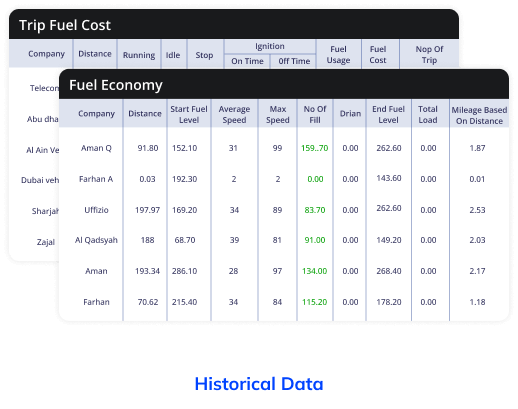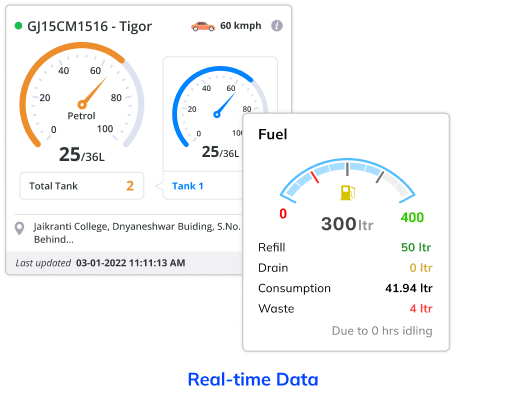In the oil and gas industry, keeping a close eye on fuel usage is crucial for efficient and cost-effective operations. However, it’s no easy task, especially when dealing with vast storage facilities and complex transportation systems. To address this challenge, advanced fuel monitoring software becomes a game-changer. It helps oil and gas companies effectively track their fuel, save costs, and operate responsibly. Let’s see how this technology is changing the industry.
Introduction
Challenges
Multiple Fuel Storage Tanks: Oil and gas facilities have multiple fuel storage tanks spread across various locations, making it difficult to track fuel levels and usage patterns accurately.
Fuel Quantity Verification: Verifying the quantity of fuel loaded onto transport vehicles and ensuring that it matches the quantity received at the destination can be challenging. Discrepancies in fuel quantity can lead to financial losses.
Inaccurate Monitoring Methods: Traditional methods like manual dipsticks and tank gauges are prone to inaccurate readings and unreliable fuel consumption data, affecting overall performance.
Fuel Theft: A significant concern in the industry is fuel theft. It leads to financial losses and operational disruptions.
Challenges
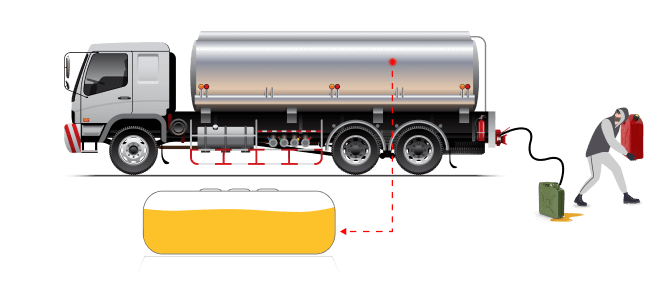
Solution
Advanced Sensor Integration: Implement advanced sensors in all storage tanks. These sensors provides real-time data on fuel levels, consumption etc.
Real-Time Tracking and Monitoring: With GPS-based tracking systems along with fuel sensors easily monitor the location and status of fuel transport vehicles in real time. This provides visibility into the movement of fuel shipments and helps ensure they are on the designated route.
Fuel Quantity Verification: Utilize fuel flow meters and sensors to accurately measure the quantity of fuel loaded onto transport vehicles. This data can be transmitted in real-time to a central fuel monitoring system, allowing for instant verification against the expected quantity.
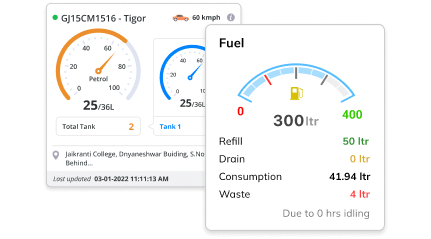
Alerts and Notifications: Fuel monitoring software generates alerts and notifications for fuel-related issues, such as low fuel levels, fuel theft, etc. This helps in timely responses and issue resolution.
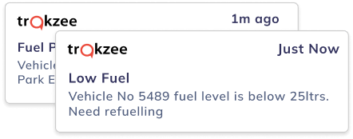
Results
Monitor Accurate Fuel Usage – With remote access to fuel data, managers can monitor accurate fuel usage and make informed decisions from anywhere at any time.
Data-Driven Decision-Making: Data analytics provide insights into fuel transportation patterns and trends. These insights empower businesses to make informed decisions, further optimizing their transportation processes.
